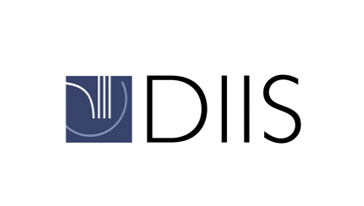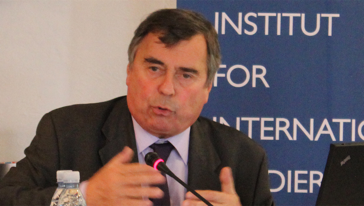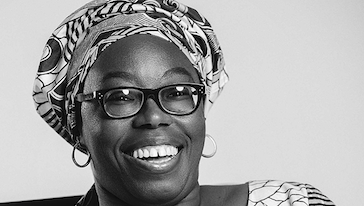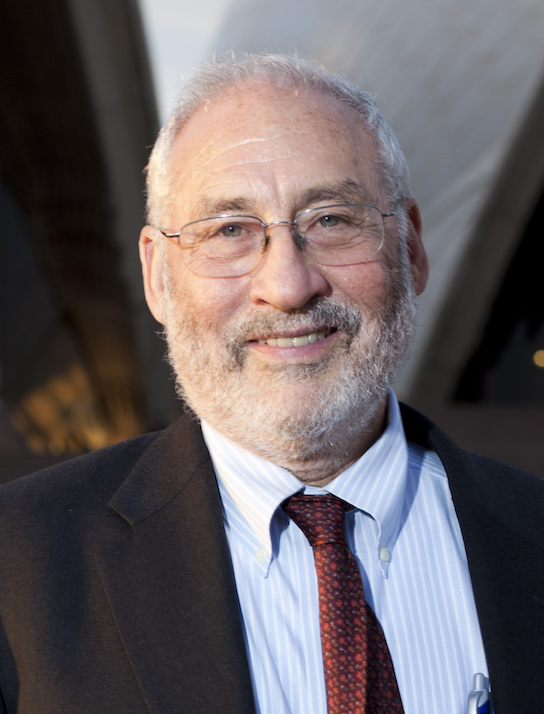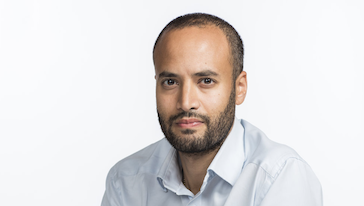Income inequality
The perception of inequality may be different from objective measures. There exist misperceptions and differences in concepts in ways people see inequality. Example: Brazil, US, China and Netherlands.
When people think of inequality, they might focus on Sen’s capabilities, as the sets of outcomes people can reach. These opportunities are: endowments, health, talents, education, equal access to facilities, no discrimination (in housing markets) as well as quantitative opportunities. Equality is also the democratic aspect of society; when people have a say in the sharing of public goods.
Ex ante model
In this model, two kinds of opportunities interact. This creates a feedback through accumulation of factors. From the left we see the market which determines growth: the structure, the distribution of opportunity and outcomes and endowments. These relationships are two-directional, as the distribution of outcome influences what they have and what they get.
Major inequality channels
The level of inequality depends on the structure of markets and the discrimination of people. You can explain conflict by several groups who don’t have access to resources. Also, it seems there exist a negative relationship between degree of inequality and growth – more inequality in human capital and access to markets is really bad for development. A more efficient society is one where parents of talented kids can afford to send them to school.
It is difficult to observe access to opportunities and how to aggregate access to justice, school and healthcare. What matters is the difference across groups, not between groups. Focus on going from development to inequality of outcomes in projects: development will make a country more or less unequal in terms of income. We need to find a way for relating inequality to the rate of growth, and make use of a conceptual proxy, since at the moment we don’t have strong empirical cross country evidence.
When we look at opportunities, you think of human capital. The question is if it is possible to redistribute human capital, e.g. between to grades of schooling and access to markets. You need to figure out how to accumulate human capital among poor people, e.g. through access to microcredits. Behind equalization of opportunities, is the accumulation of opportunities!
Policy interventions: 3 areas for affecting inequality
These instruments are essentially compliments to each other:
– Standard: taxes, transfers. Problem is they may impact the work of the economic system and make economy less efficient, which in turn will lead to rich people having less incentive to invest in business, since it’s less profitable to them and society, when they are taxed. Or rich people have enough money to not be affected by this taxation. You may end up with distortion costs and efficiency losses through taxes.
– Pro-poor accumulation of factors: Efficiency enhancing: microfinance, accumulation of factors in the poorest part of the economy. Possibly benefitting people who don’t have access. Goes through improving opportunities.
– Controlling and regulating the way markets behave: through regulation of markets. We have to accept that markets have an effect on distribution. E.g. minimum wage will improve the income of people with the job.
What matters is more public social protection and redistribution in improving opportunities. We need good policies that evaluate efficiency gains and inequality.
Conclusion for development aid
What kind of social policy must be promoted?
– accumulation among poor in assets
– better access to justice
– health
– Standard redistribution: cash transfers.
We need guidelines for thinking about how development aid policies in countries should be like. The point is to make sure that the inequality you are creating in order to ensure growth will not translate to more inequality in possibilities over time.
